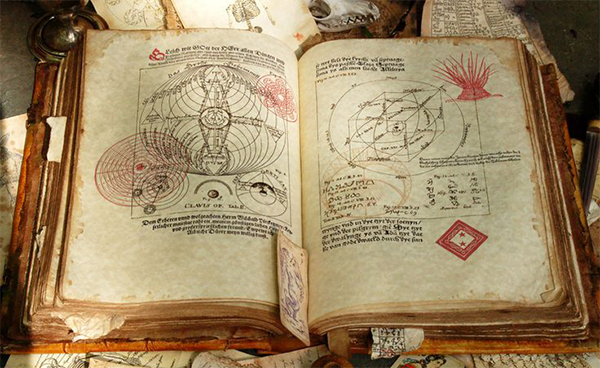Grimoires, ancient and enigmatic books that are shrouded in mystery, have long been sought after and revered by practitioners of the
occult. These texts serve as a gateway to the esoteric world, providing knowledge, rituals, and spells that offer a glimpse into the hidden realms of magic and mysticism. In this comprehensive exploration, we will delve into the world of grimoires, their history, significance, and examples that have left an indelible mark on the realm of
occultism.
•
The Lesser Key of Solomon (Lemegeton) • This renowned grimoire is divided into five sections, each focused on a different aspect of magic. The most famous section, the "Ars Goetia," features descriptions of 72 demons and provides instructions for summoning and controlling them.
•
The Key of Solomon • Attributed to King Solomon, this ancient text outlines various aspects of magical practice, including
astrology, the construction of
talismans, and methods for summoning spirits.
•
The Book of Abramelin • A grimoire detailing a system of magic designed to achieve knowledge and conversation with one's
Holy Guardian Angel, it involves a rigorous 18-month ritual.
• The Necronomicon • Although fictional, the "Necronomicon" is a famous creation of author H.P. Lovecraft, often considered a grimoire by those delving into Lovecraftian
occultism.
Grimoires, due to their potential to harness powerful forces, often raise ethical questions. Practitioners should exercise caution and respect the traditions associated with these texts. It is crucial to approach grimoires with a sense of responsibility and a clear understanding of the potential consequences of engaging with
occult practices.
In conclusion, grimoires stand as time-honored guides to the
occult world, offering a repository of ancient wisdom, rituals, and mysteries. For those who seek to unlock the secrets of the universe and explore the boundaries of human potential, these mystical manuals remain a source of inspiration and intrigue. It is the duty of the modern
occult practitioner to delve into the grimoires with respect, reverence, and a deep desire for knowledge and enlightenment.


